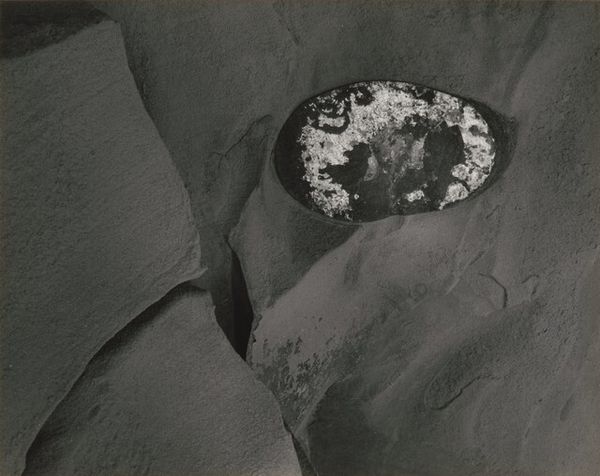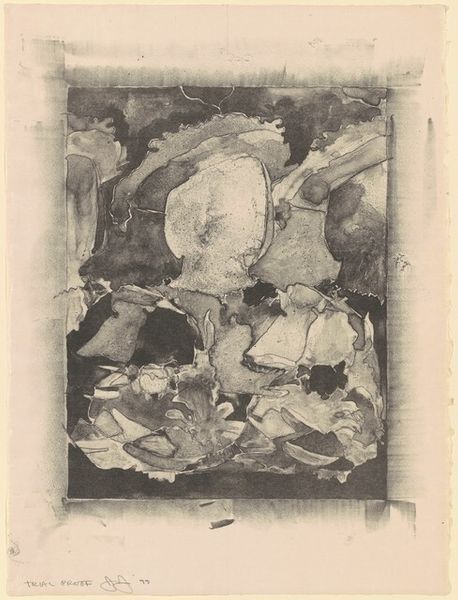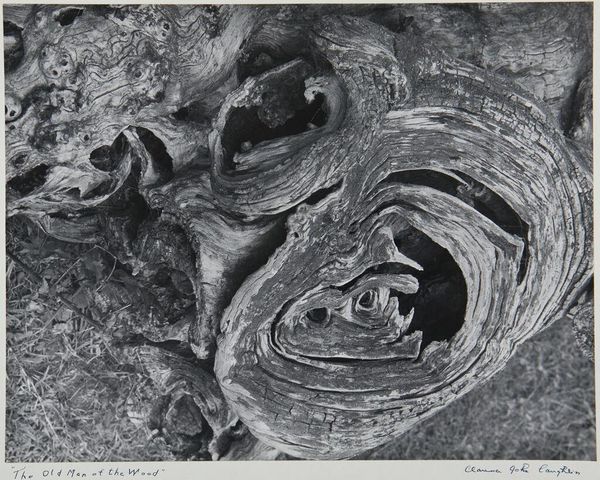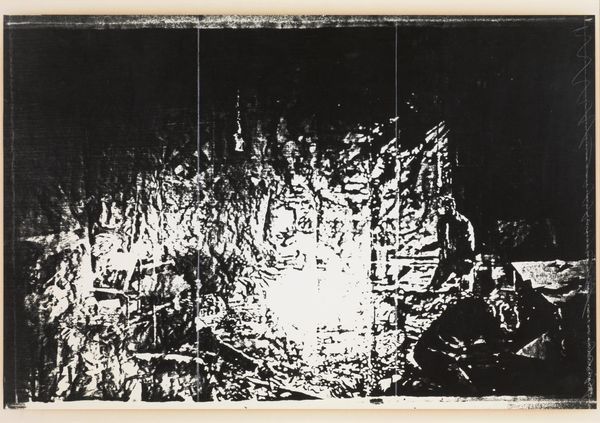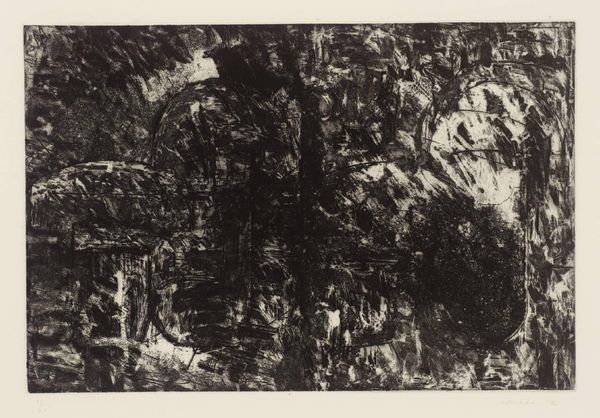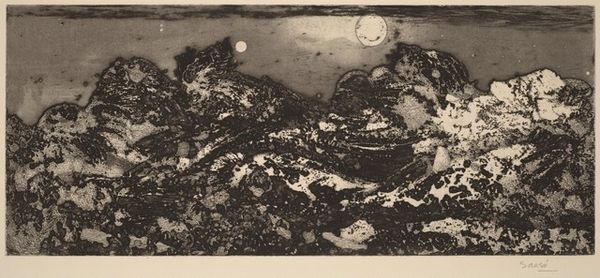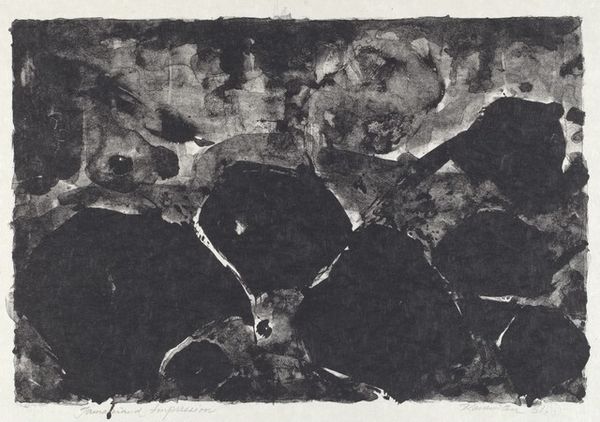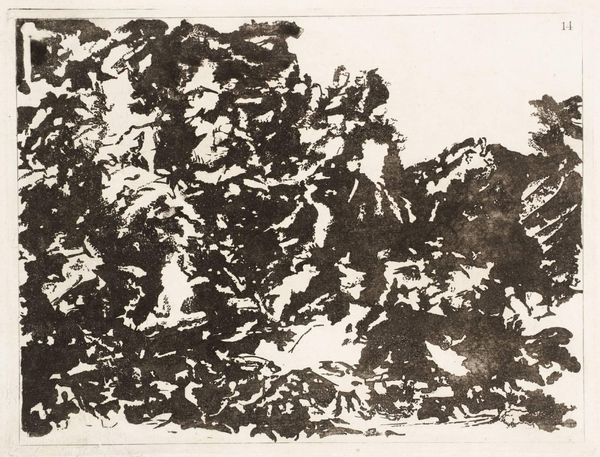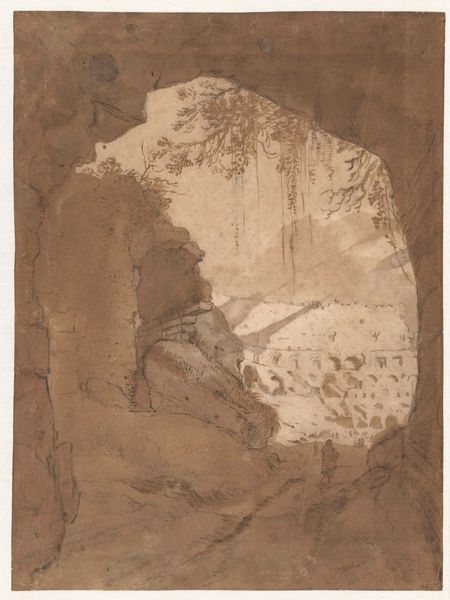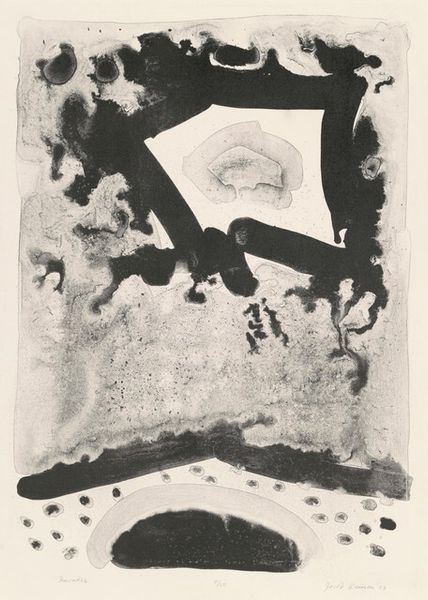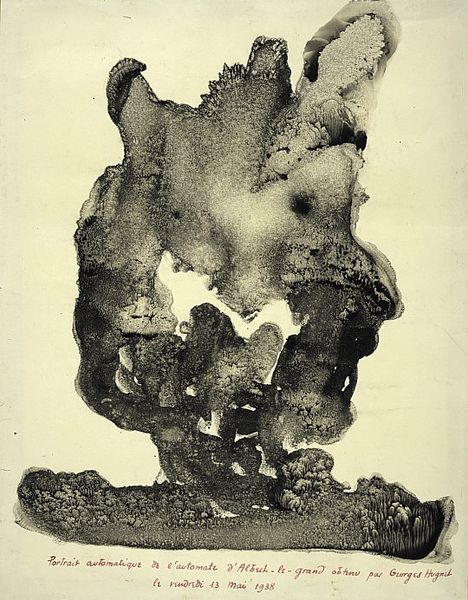
drawing, print, etching
#
abstract-expressionism
#
drawing
#
pen drawing
# print
#
pen sketch
#
etching
#
pencil sketch
#
form
#
abstraction
#
line
Copyright: National Gallery of Art: CC0 1.0
Editor: This is "Approaching Taurus B," a 1963 etching by Jan Gelb. The swirling blacks and grays, contrasted against a geometric center, give it a sort of chaotic, almost violent energy. What do you see in this piece? Curator: The rawness is certainly striking, isn't it? Looking at this, I'm immediately drawn to its historical context. Consider 1963: the Civil Rights movement gaining momentum, the looming Cold War. How might Gelb be channeling this climate of uncertainty and upheaval into the visual language of abstraction? Editor: That’s interesting. I hadn’t really thought about the social context. So you're seeing a connection between the external world and the artist’s internal landscape? Curator: Precisely. The Abstract Expressionists, while often celebrated for their formal innovations, were also deeply engaged with the anxieties of their time. The bull, Taurus, traditionally symbolizes strength and virility, but here, it seems fractured, disrupted. What could that disruption signify? Perhaps a challenge to traditional power structures? The pen work could relate to prison tattoos, the need to relate your own lived experience and identity to the art object? Editor: So it's less about pure form and more about... resistance? Or perhaps questioning accepted norms through abstract imagery? Curator: It's both, really. The formal elements – the chaotic lines, the stark contrasts – are tools Gelb uses to express a deeper, more politically charged message. Art making in and of itself is a challenge to these forms, even from a domestic space. Think about the legacy of artists challenging norms. Editor: Wow, I never would have seen all of that on my own! Thanks, that really changed how I look at abstract art now. Curator: Absolutely. It is exciting to understand more, isn't it?
Comments
No comments
Be the first to comment and join the conversation on the ultimate creative platform.

